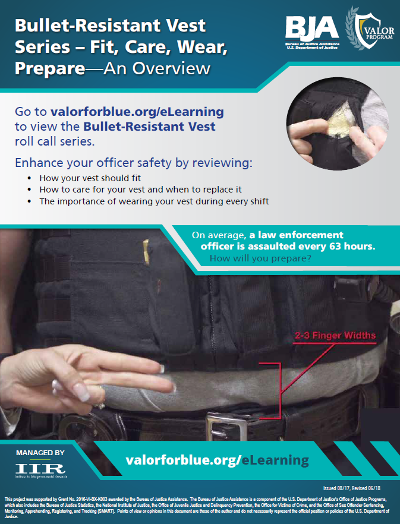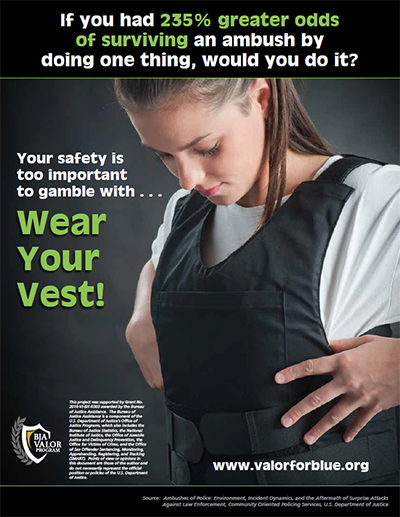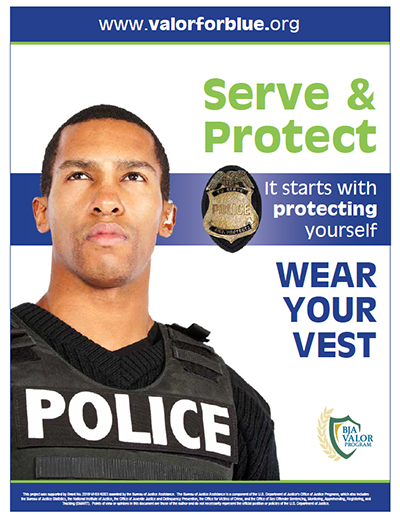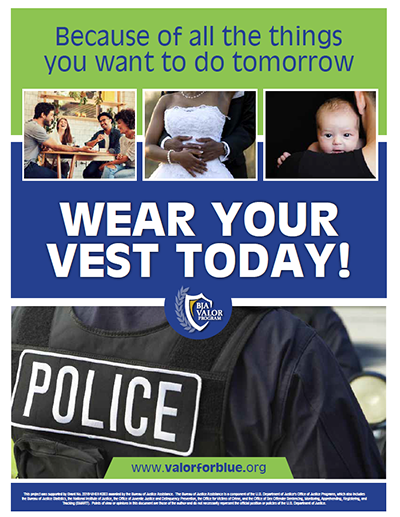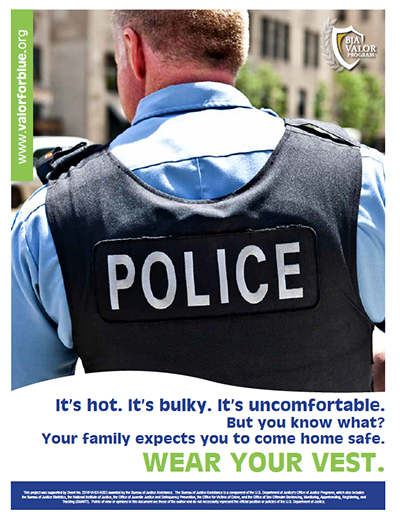Video
Bullet-Resistant Vest Series—Fit, Care, Wear, Prepare
Episode 2—Fit
Related eLearning Modules
Increase Your Safety, Wear Your Vest—
A Survivor's Story
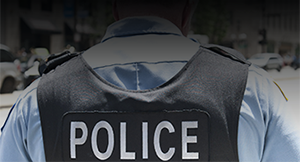
Casualty Care—Recommended Equipment
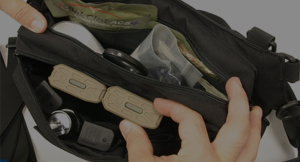
Casualty Care—Tourniquets
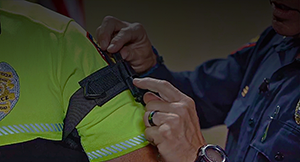
Officers Also Liked
Active Shooter Events—An Overview

Ambush Attacks

Description
On average, a law enforcement officer is killed every 63 hours.1 A bullet-resistant vest has saved the lives of more than 3,200 officers over the last 30 years.2 Take your safety into your own hands! Watch this roll call series designed to reinforce the importance of wearing a properly fitted bullet-resistant vest and properly maintaining that vest according to National Institute Justice (NIJ) standards.
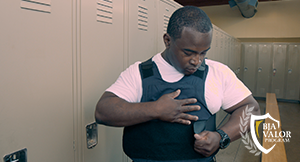
Episode 1—Safety Squad
In this episode, the safety squad personnel provide an introduction to the fit, care, and wear of one of the most important pieces of equipment that an officer has access to—the bullet-resistant vest.
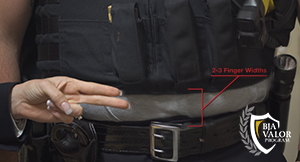
Episode 2—Fit
In this episode, the safety squad reviews how your bullet-resistant vest should fit. Proper fit is a key component in the effectiveness of your bullet-resistant vest.
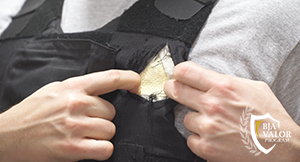
Episode 3—Care and Wear
In this episode, the safety squad reviews the proper care of a bullet-resistant vest and when to replace it. Take care of the equipment that takes care of you.
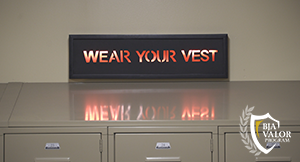
Episode 4—Prepare
In this episode, the safety squad reviews the benefits of body armor and emphasizes the importance of wearing a bullet-resistant vest for every shift.
Related Resources
Printable Materials
Hang these printable posters at your agency to let fellow officers know about this officer safety resource.
Research and Articles
- Ballistic Resistance of Body Armor NIJ Standard 0101.06
- This technical document presents NIJ Standard-0101.06, Ballistic Resistance of Body Armor, a minimum performance standard developed in collaboration with the Office of Law Enforcement Standards (OLES) at the National Institute of Standards and Technology (NIST). NIJ Standard-0101.06 establishes minimum performance requirements and test methods for the ballistic resistance of personal body armor intended to protect against gunfire.
- Below 100—Wear Your Vest
- There are those who say that “nothing happens here.” Translation: You have not been attacked or in a serious auto crash—yet. Numerous officers have been saved in auto crashes by their armor, so it’s not just a gun or edged-weapon threat to be concerned about. We must not allow complacency to be our downfall.
- Factors That Impact the Effectiveness of Body Armor
- This resource discusses wear and tear on body armor and how that could impact its effectiveness. It also covers how to care and properly maintain body armor to prevent against excessive wear and tear.
- NIJ Body Armor Video—Wear Your Armor!
- Law enforcement officers need proper equipment when they go to work. The NIJ and the NLECTC work together to ensure that body armor standards help officers do their jobs.
- Officer Safety and Wellness: An Overview of the Issues
- Now is the time to refocus attention on officer safety, health, and wellness concerns—to discuss and identify best practices in protecting our officers. More than ever, officers need to be able to think and perform with ease and accuracy. Maintaining and investing in officer safety, health, and wellness are the most critical actions that an agency can take.
- Selection and Application Guide to Ballistic-Resistant Body Armor for Law Enforcement, Corrections, and Public Safety
- This guide has two principal purposes. The first is to inform law enforcement, corrections, and other public safety agencies in the development of sound policies and procedures concerning body armor, from procurement to disposal. The second is to provide officers with a better understanding of the importance of wearing body armor, wearing it correctly, and caring for it properly. This guide is also intended to provide readers with a better understanding of body armor and how it works, explain NIJ Standard-0101.06 in nontechnical terms, and provide an overview of the voluntary equipment compliance testing program established by NIJ to ensure the effectiveness of body armor sold to law enforcement, corrections, and other public safety agencies.
Web Pages
If any users have difficulty accessing these materials due to a disability they may have, please contact us, and we will do our best to assist them. We are committed to providing access to all participants/users of electronic technology and removing barriers if at all feasible. Thank you.
